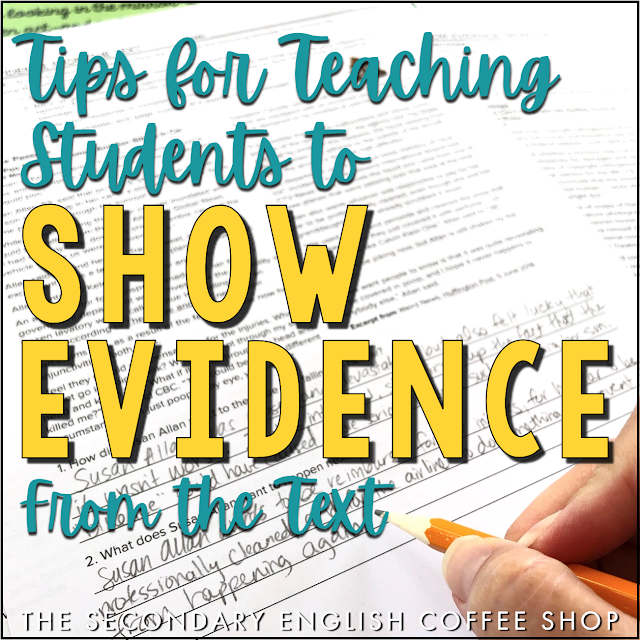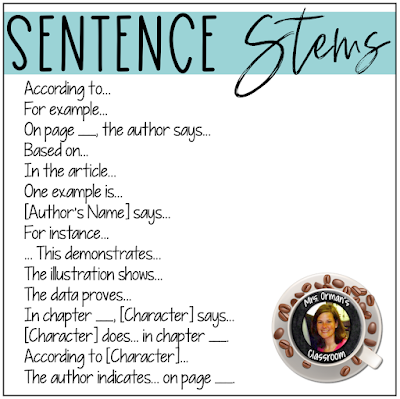Espresso Shot: 6 Activities to Kick Off Poetry Month
It's National Poetry Month and we here at the Coffee Shop would love to share some of our favorite activities that you can incorporate into your poetry unit or use throughout the month.
Nouvelle ELA: I LOVE poetry and I really look forward to celebrating it in April, but I also have a lot of students out on vacation or band trips or whatnot. Here is an Independent Poetry Analysis that you can send home with kids or use as a sub plan. It’s available in paper and digital, so you can even use it for hybrid and remote learning.
Presto Plans: One of my favorite ways to have students respond to poetry is with a Poetry One-Pager. This activity gets students to present their interpretation of a poem onto a single piece of paper using both text and illustrations. At the heart of this artistic exercise are the elements of strong literary analysis. The result is a colorful, enlightening product that will give you further insight into your students’ perception of any given poem. I always provide a framework and templates for those students who need extra support, but also give more freedom to those who are stronger with poetry analysis. You can learn all about how I approach poetry one pagers by clicking here.
The Daring English Teacher: I love teaching poetry, but I find that sometimes students (and teachers) can be a little intimidated by words in verse. That is why I love my Sticky Note Poetry Analysis teaching resource. Not only is this unit engaging and hands-on because it incorporates sticky notes, but it is also a fool-proof way to teach poetry! This poetry unit makes teaching poetry a breeze! It includes step-by-step analysis instruction and multiple activities that can be used with any poem.
Students often need a little more nudging when it comes to poetry, but I find that once you get them engaged, they actually enjoy it. So, I’ve come up with quite a few ways to lead them into it, including poetry bingo, scavenger hunts, and challenges. You can read more about these on my blog post, 5 Ways to Make Poetry Fun and Accessible.




































